Valencia is renowned not just for its stunning architecture and beautiful beaches, but also for its vibrant festivals that showcase its rich cultural heritage. Among these, Las Fallas stands out as the most spectacular and globally celebrated fiesta, a magnificent blend of art, fire, and tradition. However, Valencia’s festive calendar is replete with other significant celebrations that bring the city to life throughout the year. Let’s delve into the heart of Valencia’s fiestas, with a special focus on the world-famous Las Fallas.
Las Fallas: The Festival of Fire and Art
Every March, Valencia transforms into a vibrant stage for Las Fallas, a unique celebration that honors Saint Joseph, the patron saint of carpenters. This festival, which has been recognized by UNESCO as an Intangible Cultural Heritage of Humanity, is a mesmerizing blend of creativity, tradition, and pyrotechnics.
The Origins and Preparations
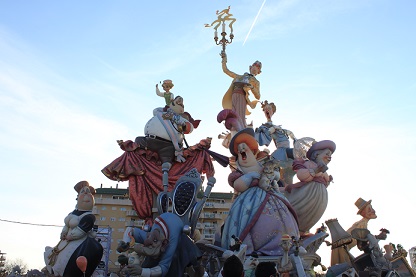
Las Fallas dates back to the Middle Ages when carpenters would burn old wooden planks and scraps on the feast day of Saint Joseph. Over time, these bonfires evolved into the creation of elaborate ninots (puppets or dolls), which are now crafted from materials such as papier-mâché, wood, and polystyrene. These ninots satirize societal issues, public figures, and local customs, combining humor and artistry in stunning works of art.
Preparations for Las Fallas begin months in advance, with local artisans, known as falleros, painstakingly creating these intricate sculptures. Each neighborhood, or casal faller, sponsors its own ninot, often competing for the prestigious honor of having the best display.
The Five-Day Fiesta
The festival officially kicks off on March 15 with La Plantà, when the ninots are assembled and displayed throughout the city. For the next five days, Valencia becomes a whirlwind of festivities, with daily events that captivate locals and tourists alike.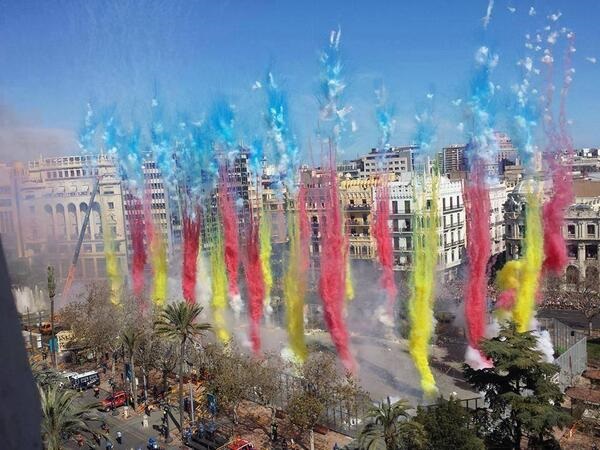
- La Mascletà: Held every day at 2:00 PM in the Plaza del Ayuntamiento, La Mascletà is an astonishing pyrotechnic display that showcases the Valencian love for firecrackers and noise. The rhythmic explosions create a sensory experience that’s felt as much as it’s heard, drawing large crowds eager for the adrenaline rush.
- La Ofrenda: One of the most emotional events of Las Fallas is La Ofrenda de Flores, held on March 17 and 18. During this event, thousands of falleros and falleras, dressed in traditional Valencian attire, parade through the streets to offer flowers to the Virgin Mary. These flowers are then used to create a breathtakingly beautiful cloak for the Virgin’s statue, a symbol of devotion and community spirit.
- El Nit del Foc: The Night of Fire, or El Nit del Foc, takes place on March 18. It is the largest and most spectacular fireworks display of the festival, lighting up the Valencian sky with dazzling colors and patterns. This grand event draws spectators from all over, eager to witness the pyrotechnic prowess that Valencia is famous for.
- La Cremà: The climax of Las Fallas is La Cremà on March 19, when the ninots are set ablaze in a dramatic finale. Smaller ninots are burned earlier in the evening, while the larger and more elaborate ones are ignited closer to midnight. The city is engulfed in a sea of flames and smoke, symbolizing purification and renewal, as well as the ephemeral nature of art.
- Ninot Indultat
Each year, one ninot is spared from the flames by popular vote in the Ninot Indultat contest. This “pardoned” ninot is preserved and displayed in the Fallas Museum, a testament to the creativity and skill of its creators.
Other Fiestas in Valencia
While Las Fallas is the most renowned, Valencia’s festive spirit extends throughout the year with various other celebrations that highlight its rich cultural tapestry.
- La Tomatina: Held in the nearby town of Buñol on the last Wednesday of August, La Tomatina is the world’s largest food fight. Participants hurl ripe tomatoes at each other in a joyous and messy celebration that attracts visitors from across the globe.
- Corpus Christi: This religious festival, celebrated in June, features processions, traditional dances, and elaborate floral carpets laid out in the streets. It is a blend of solemnity and festivity, reflecting Valencia’s deep-rooted religious traditions.
- Semana Santa Marinera: Valencia’s maritime district, El Cabanyal, comes alive during Holy Week with processions that combine religious devotion and maritime heritage. It is a unique celebration that highlights the city’s connection to the sea.
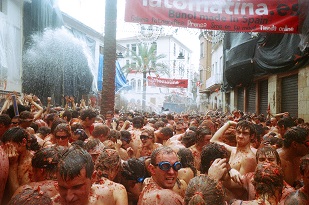
Related articles
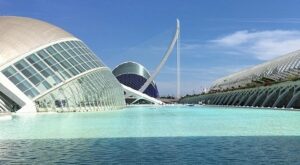
10 of the best things to do in Valencia
Valencia, Spain’s third-largest city, is a captivating blend of historic charm and modern innovation. Nestled on the southeastern coast, it
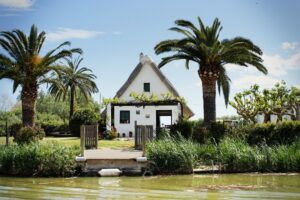
Discover the lesser known side of Valencia
Valencia has much to offer beyond the well-trodden tourist paths. For those looking to explore the city’s hidden treasures, here
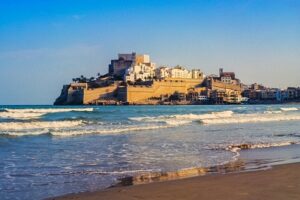
Easy day trips from the City of Valencia
Valencia is a fantastic base for exploring the diverse landscapes and rich cultural heritage of the surrounding region. From idyllic
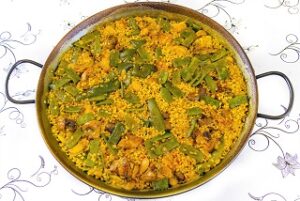
Experience the unique flavours of Valencia
Valencia is a culinary gem that beckons food enthusiasts from around the world, offering a distinct gastronomic experience rooted in
